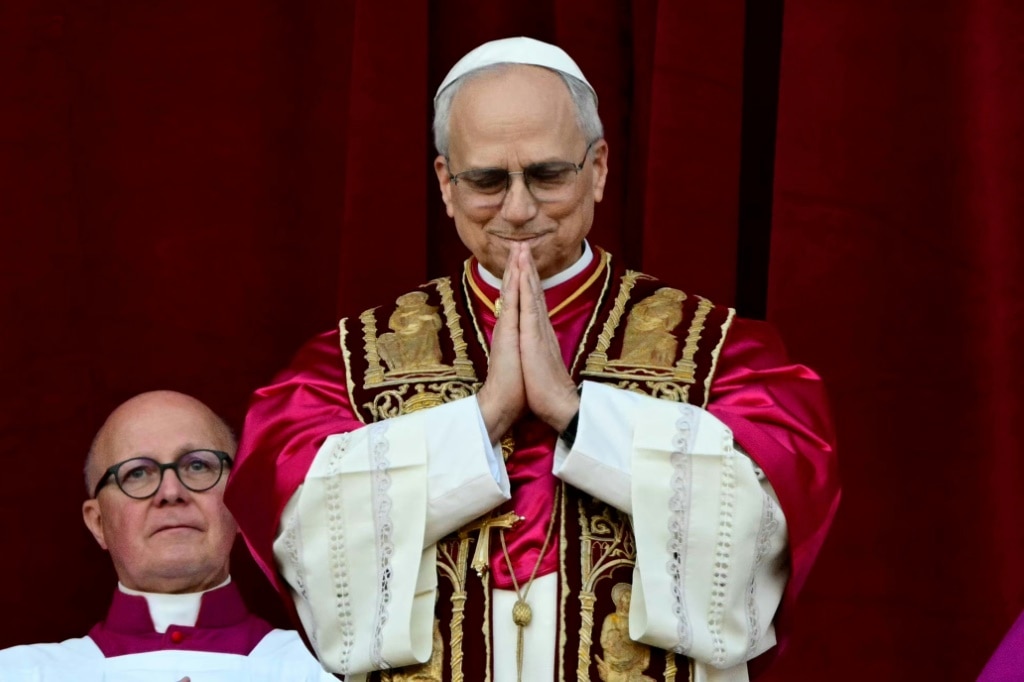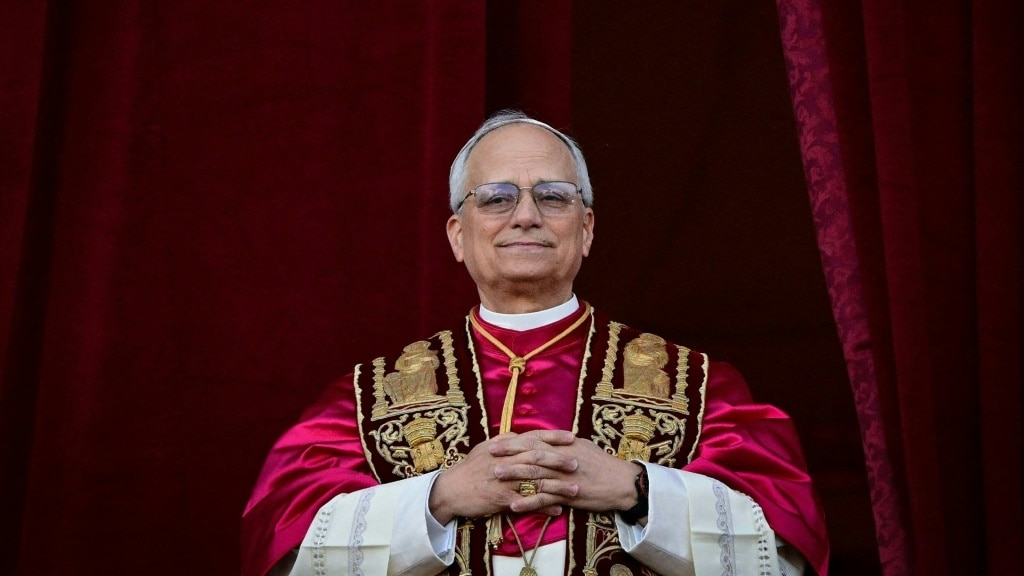Reserve Bank board minutes reveal ‘significant risks’ in interest rate hike choice
The Reserve Bank of Australia has released the minutes from its most recent board meeting, revealing there are “significant risks” involved in hiking interest rates.
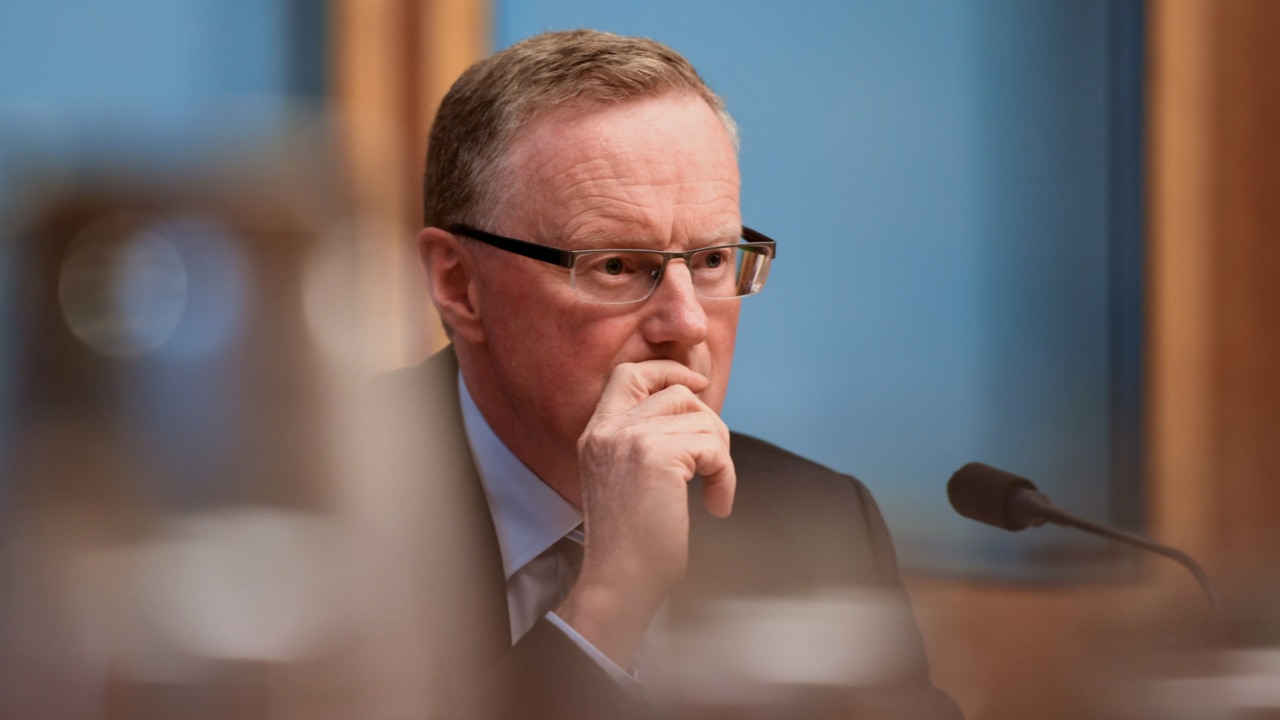
Breaking News
Don't miss out on the headlines from Breaking News. Followed categories will be added to My News.
Reserve Bank of Australia executives have warned there are significant risks to remaining on the tightrope the central bank is walking in its mission to curb inflation without tipping the nation into a recession.
The minutes from the RBA’s June board meeting, published on Tuesday, revealed its members believe the Australian economy is still traversing the “narrow path” towards more normal inflation rates while unemployment rises, but remains low.
But the board also warned there were “significant risks and uncertainties” to staying on this path.
The board noted that, while the unemployment rate remains very low, consumer spending had softened significantly, with both higher interest rates and high inflation weighing on household purchasing power.
RBA governor Philip Lowe has discussed the concept of the “narrow path” before, in his efforts to explain how the central bank is trying to cool the economy by aggressively raising interest rates without having Australia fall into a recession.
Dr Lowe said earlier this year the RBA was facing two big risks in doing so.
“One is the risk of not doing enough, which would result in high inflation persisting, as I said earlier it would then be costly to bring it down later on,” he said at the time.
“The other is the risk that we move too fast or too far and the economy slows by more than is necessary to bring inflation down in a timely way.”
The minutes from the RBA’s most recent board meeting also reveal the bank seriously considered holding the cash rate steady at 3.85 per cent and only narrowly backed another increase in June.
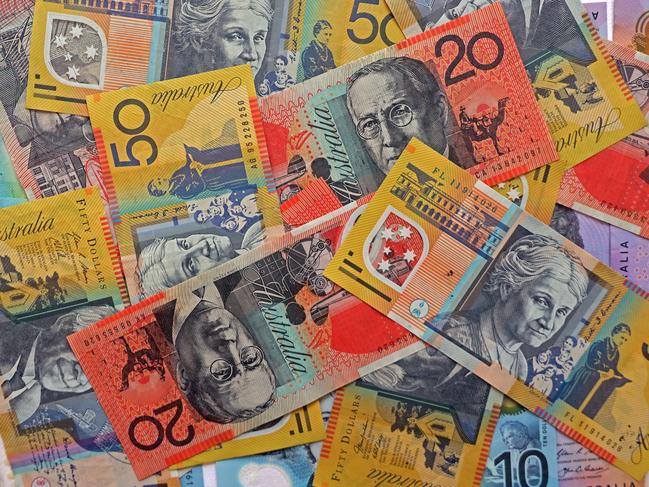
The board described its decision to lift the cash rate by another quarter of a percentage point to 4.10 per cent – an 11-year high – as a “finely balanced” one.
The RBA has lifted the official cash rate 12 times since May last year, choosing to hike interest rates at meetings since then except in April.
The minutes show the board discussed two options: increasing the cash rate by 25 basis points, or holding the cash rate unchanged and “reconsidering” whether to raise it at a later meeting.
But the board ultimately decided the case for another interest rate hike was stronger, saying it would provide more confidence inflation would return to normal “within a reasonable timeframe”.
Board members noted that inflation – currently at 7 per cent – had passed its peak but remained well above the bank’s target range of 2 to 3 per cent and was forecast to return to the top of the target range only by mid-2025.
They reaffirmed their “determination” to do “whatever is necessary” to return inflation back to the bank’s target range of 2 to 3 per cent.
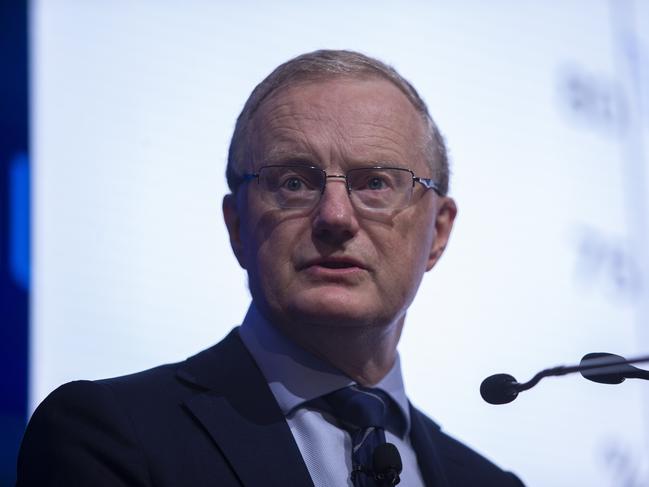
Explaining their decision to lift the cash rate to 4.10 per cent, the RBA board said it was still worried about the potential inflationary effect of wages growth even though the bank and the government were expecting a gradual easing in inflation in the June quarter.
“Members discussed the possibility of implicit indexation of wages to past high inflation and the potential for this to become widespread,” the minutes showed.
“Similarly, members observed that some firms were indexing their prices, either implicitly or directly, to past inflation. These developments created an increased risk that high inflation would be persistent, which would make it more difficult to keep the economy on the narrow path.”
The RBA meeting was held soon after the Fair Work Commission announced a 5.75 increase to the minimum wage following its annual wage review for 2023.
But the minutes also show the board debated holding the cash rate steady because of concerns the already “significant” increases in interest rates could “lead to the economy slowing more sharply than expected”.
Members noted that consumption growth was already quite weak, real disposable incomes were falling, especially for mortgage holders, and many renters were experiencing difficult financial conditions.
“Given these developments, there was a risk of the economy slowing and unemployment rising by more than expected,” the minutes said.
The minutes from the RBA board’s meetings are published two weeks after each meeting and explain its reasoning for raising or dropping the cash rate, which is the interest rate charged on overnight loans between banks.
The major banks are generally quick to follow the RBA’s lead by adjusting their variable interest rates on loans including mortgages based on the monthly cash rate update.
Originally published as Reserve Bank board minutes reveal ‘significant risks’ in interest rate hike choice

